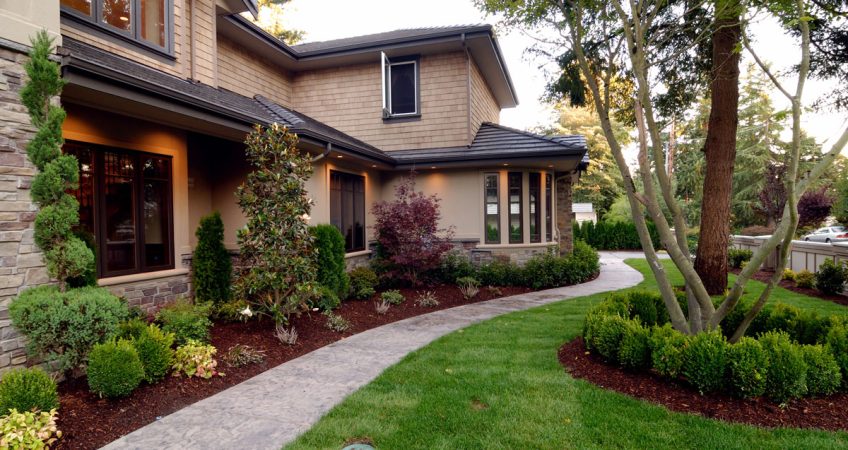Landscaping goes beyond mere gardening; it’s an art form that transforms your outdoor space into a harmonious sanctuary that reflects your personal style and enhances your home’s curb appeal. Whether it’s a quaint cottage garden or a sleek modern landscape, the right landscaping can turn any yard into a beautiful and functional outdoor living area.
Understanding the Basics of Landscaping
At its core, landscaping involves the planning, designing, and managing of outdoor spaces. It combines elements of horticulture, architecture, and design to create aesthetically pleasing and environmentally sustainable areas around homes and buildings.
Elements of Design in Landscaping
Successful landscaping is built on the foundation of design principles: balance, contrast, unity, variety, and scale. These principles guide the placement and selection of plants, hardscapes, and water features to create a cohesive and attractive garden.
Choosing the Right Plants
Plants are the heart of any landscape. Selecting the right plants involves considering the local climate, soil type, water availability, and the sunlight patterns of your yard. Native plants are often recommended for their adaptability and low maintenance requirements.
Incorporating Landscaping Elements
Hardscaping refers to the non-living elements of landscaping, such as pathways, walls, patios, and decks. These structures add functionality, shape, and structure to your garden, allowing for the creation of distinct outdoor rooms and enhancing the usability of your space.
Materials for Hardscaping
The choice of materials for hardscaping projects can greatly influence the look and feel of your outdoor space. Natural stone, pavers, concrete, and wood are popular choices, each offering its own aesthetic and functional benefits.
Water Features and Lighting
Water features like fountains and ponds add a dynamic and soothing element to landscapes, creating focal points and habitats for wildlife. Similarly, outdoor lighting can extend the use of your garden into the evening, highlighting key features and ensuring safety along paths and in gathering areas.
Creating Sustainable Landscaping
Sustainability in landscaping is becoming increasingly important. Eco-friendly landscaping practices, such as using drought-tolerant plants, optimizing water usage with smart irrigation systems, and employing organic gardening methods, contribute to a healthier environment and reduce maintenance.
Benefiting Wildlife and the Environment
Landscapes designed with biodiversity in mind can provide vital habitats for birds, insects, and other wildlife. Incorporating native plants, creating pollinator-friendly gardens, and using natural pest control methods are ways to create a landscape that supports local ecosystems.
In conclusion, landscaping is a multifaceted discipline that combines artistry with ecology to create beautiful, functional, and sustainable outdoor spaces. By understanding the principles of landscape design, choosing the right plants and materials, and embracing eco-friendly practices, you can transform your yard into a personal paradise that benefits both you and the environment.

